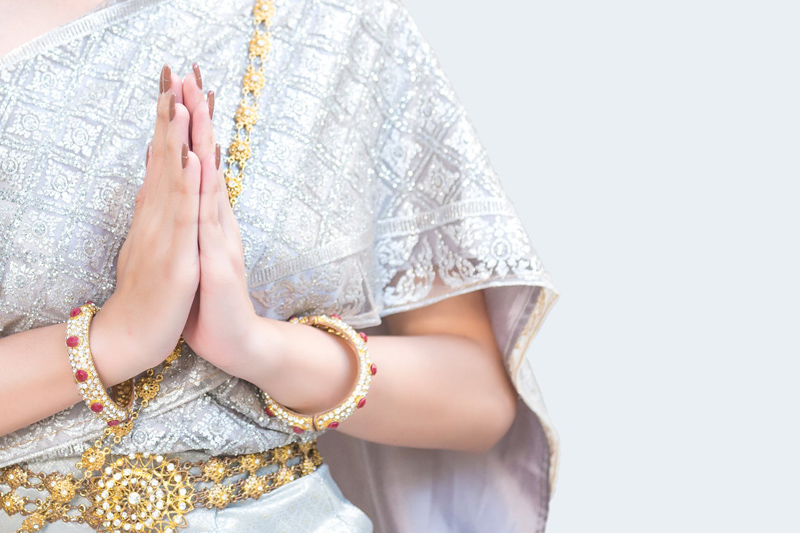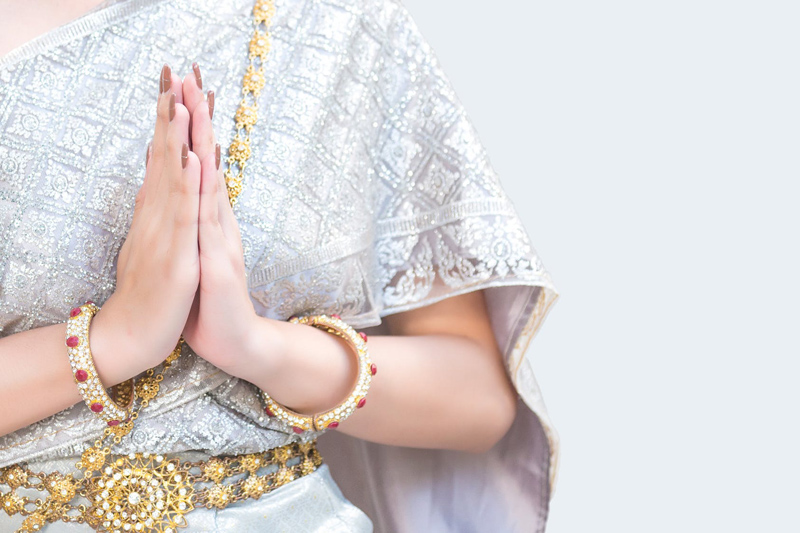Tips on choosing the best in seafood

Shrimp and Prawn Tips
Fresh
For the best flavour use on the same day of purchase.
For temporary storage, rinse shrimp in cold running water and pat dry. Wrap in damp paper towels and then place in a loose plastic bag.
To freeze, vacuum pack and seal, keep tightly wrapped to avoid freezer burn. Use within a month for best flavour.
Frozen
Buy while still completely and individually frozen; thaw by placing for a few minutes in ice cold cold water.
If you detect a smell like ammonia or a strong fishy odor, discard, do not use. Also if shrimp or prawn appear mushy, discard. Another sign of deterioration is called melanosis which causes the appearance of black spots along the sides and heads of shrimp.
Preparing
Rinse in running water and pat dry.
Shelling: Hold onto the tail while gently removing the shell around the body. At this point you can detach the tail completely, or leave it on for presentation purposes.
Deveining: After removing the shell, make a shallow cut lengthwise down the outer curve of the shrimp's body. You'll see the dark ribbon-like vein running lengthwise along the shrimp's back. Pick out the vein with a pointed knife. Rinse the shrimp under cold running water. Note: if you have detached the tail, you can pinch the vein at the tail end and pull it completely out with your fingers.
Butterflying: First peel the main shell off the shrimp's body. Leaving the tail intact can lead to excellent presentation when serving. Start by cutting along the outer curve from the tail forward, making repeated shallow cuts and spreading the meat apart as you go. Leave just enough meat intact to keep the two sides connected. You will want to devein the shrimp as you are butterflying them as well.
To refresh the frozen shrimp or any seafood place in ice water with one teaspoon of salt for a few minutes, lightly massage the shrimp to allow them to refreshen in the salt water. This procedure will make even frozen shrimp and other seafood smell sweet as if just from the sea.
Shrimp Cooking Tips
Broiling: First, place the shrimp on a cutting board with the swimerets exposed. Using a sharp knife, cut between the swimerets through the meat to the shell. Spread the shell until it lies flat, and wash thoroughly in cold water. Season and prepare shrimp, then broil in oven for 4-5 minutes. Basting shrimp during broiling period is often a good habit to help prevent burnt edges.
Boiling: Bring water to boil. Put shrimp in and BEGIN TIMING NOW! (3 1/2 to 4 minutes) Don't wait for water to boil again. Serve warm or chilled. -This tip is brought to you by Wanda of Kentucky. This was her effort to find a way to boil shrimp so the shells don't stick to the meat.
Pan frying: Thaw shrimp if frozen. Pat dry with a paper towel before cooking. Heat 1/4 teaspoon olive oil in large skillet. Add shrimp and desired seasoning. Cook 3 to 5 minutes; do not overcook.
Deep frying: Dip shrimp in milk and then lightly dust with flour. Add to medium heated vegetable oil. Fry until golden brown.
Most Important Tip: Always be careful to avoid over-cooking shrimp as they will toughen and lose their sweet flavor. Cook only until just turning pink.
Fresh
For the best flavour use on the same day of purchase.
For temporary storage, rinse shrimp in cold running water and pat dry. Wrap in damp paper towels and then place in a loose plastic bag.
To freeze, vacuum pack and seal, keep tightly wrapped to avoid freezer burn. Use within a month for best flavour.
Frozen
Buy while still completely and individually frozen; thaw by placing for a few minutes in ice cold cold water.
If you detect a smell like ammonia or a strong fishy odor, discard, do not use. Also if shrimp or prawn appear mushy, discard. Another sign of deterioration is called melanosis which causes the appearance of black spots along the sides and heads of shrimp.
Preparing
Rinse in running water and pat dry.
Shelling: Hold onto the tail while gently removing the shell around the body. At this point you can detach the tail completely, or leave it on for presentation purposes.
Deveining: After removing the shell, make a shallow cut lengthwise down the outer curve of the shrimp's body. You'll see the dark ribbon-like vein running lengthwise along the shrimp's back. Pick out the vein with a pointed knife. Rinse the shrimp under cold running water. Note: if you have detached the tail, you can pinch the vein at the tail end and pull it completely out with your fingers.
Butterflying: First peel the main shell off the shrimp's body. Leaving the tail intact can lead to excellent presentation when serving. Start by cutting along the outer curve from the tail forward, making repeated shallow cuts and spreading the meat apart as you go. Leave just enough meat intact to keep the two sides connected. You will want to devein the shrimp as you are butterflying them as well.
To refresh the frozen shrimp or any seafood place in ice water with one teaspoon of salt for a few minutes, lightly massage the shrimp to allow them to refreshen in the salt water. This procedure will make even frozen shrimp and other seafood smell sweet as if just from the sea.
Shrimp Cooking Tips
Broiling: First, place the shrimp on a cutting board with the swimerets exposed. Using a sharp knife, cut between the swimerets through the meat to the shell. Spread the shell until it lies flat, and wash thoroughly in cold water. Season and prepare shrimp, then broil in oven for 4-5 minutes. Basting shrimp during broiling period is often a good habit to help prevent burnt edges.
Boiling: Bring water to boil. Put shrimp in and BEGIN TIMING NOW! (3 1/2 to 4 minutes) Don't wait for water to boil again. Serve warm or chilled. -This tip is brought to you by Wanda of Kentucky. This was her effort to find a way to boil shrimp so the shells don't stick to the meat.
Pan frying: Thaw shrimp if frozen. Pat dry with a paper towel before cooking. Heat 1/4 teaspoon olive oil in large skillet. Add shrimp and desired seasoning. Cook 3 to 5 minutes; do not overcook.
Deep frying: Dip shrimp in milk and then lightly dust with flour. Add to medium heated vegetable oil. Fry until golden brown.
Most Important Tip: Always be careful to avoid over-cooking shrimp as they will toughen and lose their sweet flavor. Cook only until just turning pink.

Related Articles
Editor's Picks Articles
Top Ten Articles
Previous Features
Site Map
Content copyright © 2023 by Mary-Anne Durkee. All rights reserved.
This content was written by Mary-Anne Durkee. If you wish to use this content in any manner, you need written permission. Contact Mary-Anne Durkee for details.



